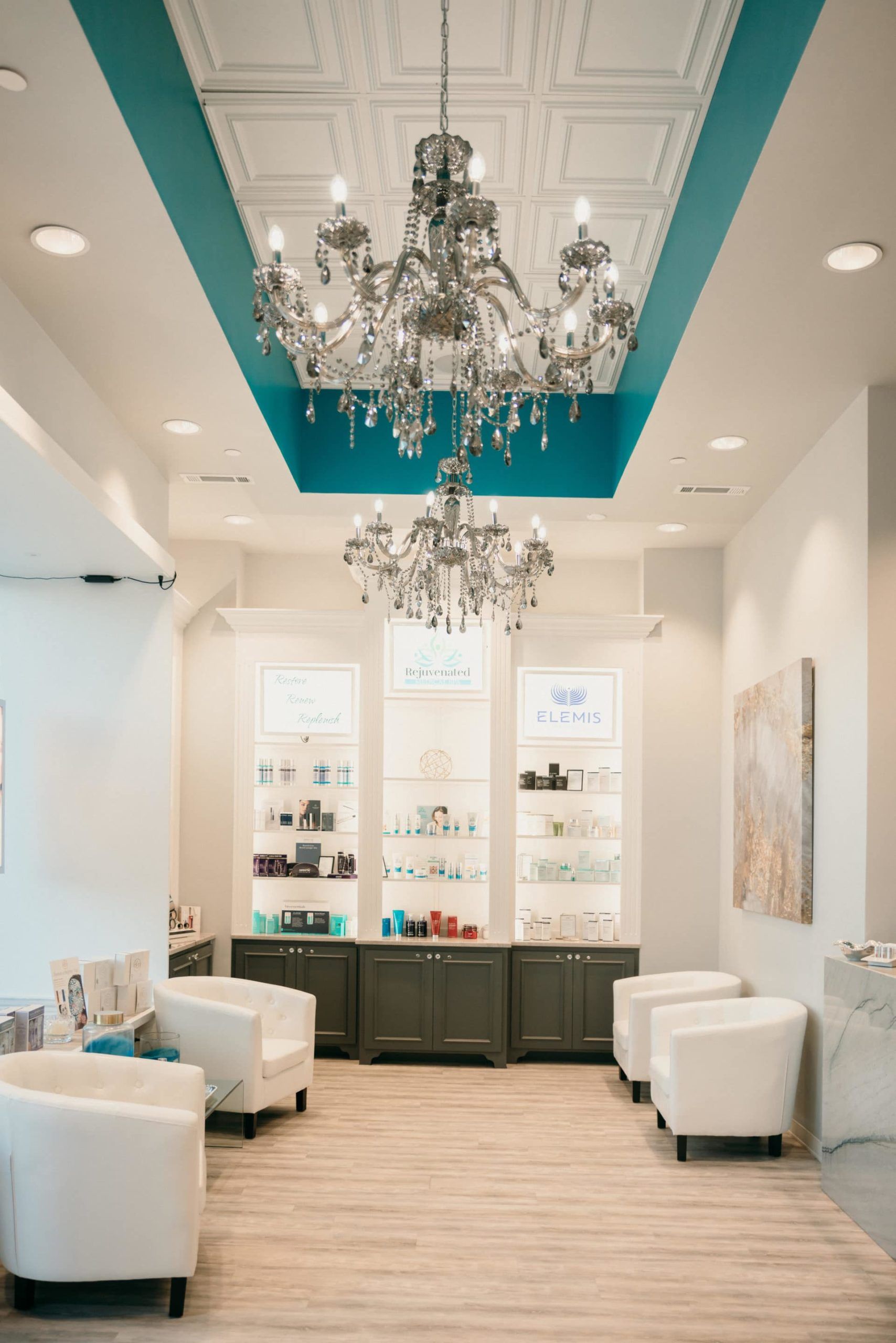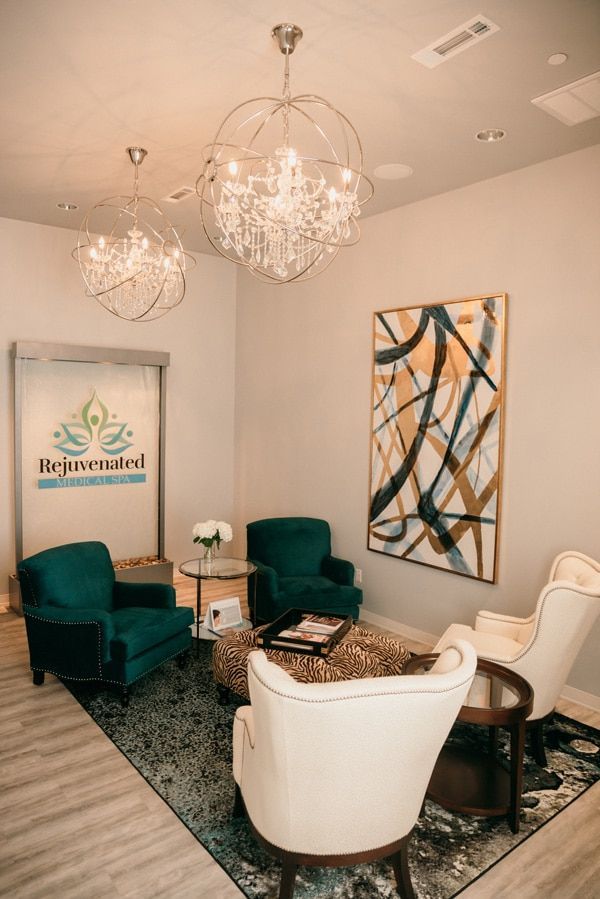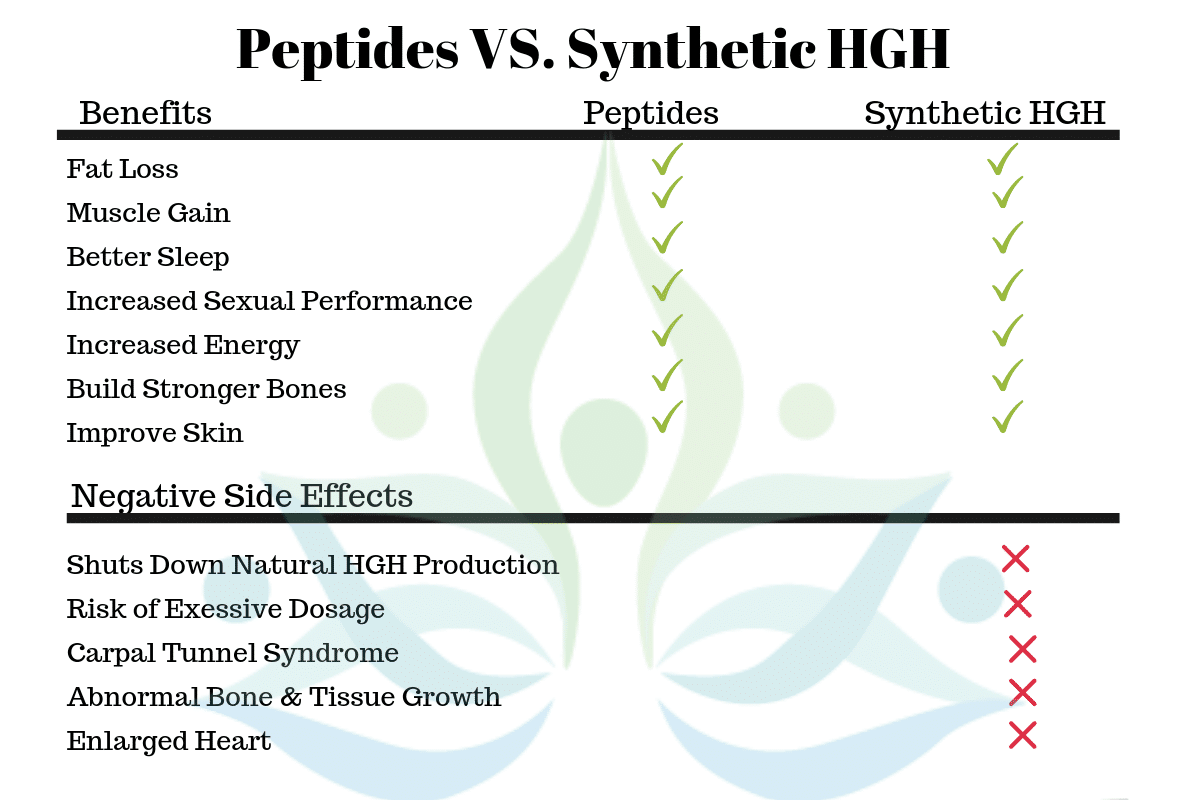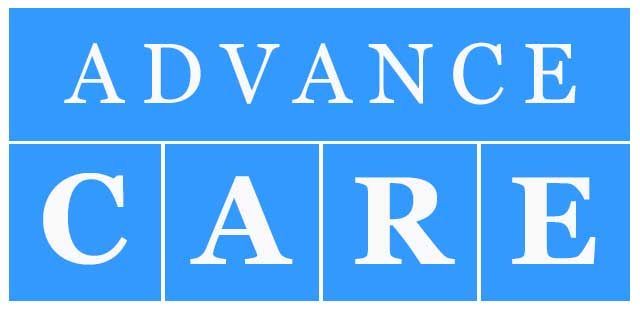Thread Lifts
Thread Lifts FAQs
What are threads and what is a thread lift procedure?
Threads are a type of suture (i.e. stitches) material that are used to achieve one or both of two goals: 1) improve collagen production for tighter skin and 2) lift skin for a more youthful appearance.
What types of threads are used?
There are several shapes and types of threads currently on the market but they can mostly be divided into two groups: 1) those that lift and 2) those that don’t lift. Threads that lift will have some shape or design in order to attach to tissue in order to lift through a procedure called microsuspension. These threads will have cogs, notches or cones in order to grab and pull skin to lift the tissue back toward where it used to be. Threads that do not lift are also of various designs such as straight, coiled, screw, or twisted. These threads do not have a design intended for lifting tissue but merely dissolve to stimulate collagen production as they dissolve.
What materials are used in threads?
The vast majority of threads are either PDO (polydioxanone) or PLLA (Poly-L-Lactic Acid). The biggest difference between these materials is the duration in which they last. PDO threads will be mostly dissolved within 6 months and stimulate collagen production for a total of around 9-12 months. PLLA threads will dissolve in about 18-24 months and stimulate collagen production for about 24 months. If PLLA sounds familiar, it is likely because it is used in the facial filler Sculptra to stimulate collagen production.
Which threads do you prefer for your patients?
While PDO threads have their place, I strongly prefer Instalift PLLA threads for multiple reasons. The cone shapes used in Instalift threads provide more surface area for lifting tissue. Another major reason I prefer PLLA is the duration. My experience with PDO threads is that their effects last only about 6 months vs. PLLA effects last about 18 months. Lastly, PDO threads create more inflammation in the skin as they dissolve. Although not overly common, I have had several patients react negatively to PDO threads but have yet to see a major reaction to PLLA threads. To be fair, I do use PDO threads at times. There are more brands producing PDO threads and more shapes of PDO threads so this provides more versatility to the upper face and eye regions. I mostly use PDO threads in their straight form to stimulate collagen production of the neck and face rather than for their lifting effects (again due to duration mostly).
Who is a good candidate for thread lift procedures?
Mostly anyone who has a healthy immune system and would like a more youthful and lifted appearance of their face or neck. I would not recommend thread lift procedures in patients with known autoimmune disease or those on medications that suppress the immune system.
What are the most common areas you perform thread lifts?
The three most common areas I perform thread lifts are for the jawline, jowls, and neck.
Can you use thread lifts for breast lifts or butt lifts?
While threads can be used for these areas, I advise caution as the threads are not designed to hold that much tissue and will often fail to deliver long term desired results in these areas.
How long does the thread lift procedure take?
Depending on the number of threads used and the area(s) treated, the procedure usually takes 60-90 minutes. I like to take additional time to be sure I understand the patient’s concerns and goals.
What can I expect during the treatment?
We will first discuss your concerns and goals. Next, I will take some measurements and make some markings on your face before numbing the insertion points with lidocaine. There are some brief periods of pain, but patients tolerate the procedure well. We can also prescribe valium or similar medications if you are anxious about your procedure.
How much down time is typical after a thread lift?
Most of the swelling is on the day of the procedure due to the numbing medication used. Most patients are able to wear makeup 72 hours post procedure. The majority of patients show no significant signs of a procedure within 4-7 days, although some may show evidence of the procedure for a few days longer.
Why do you like thread lift procedures for your patients?
I like that thread lift procedures for lifting the lower face for patients who do not need a surgical facelift or for those who not wish to undergo a surgical facelift. I like the duration of the results of PLLA threads and often use them in conjunction with dermal fillers to provide a more refreshed, youthful, and rejuvenated appearance for my patients.
If you have any questions regarding thread lift procedures or would like to schedule a complimentary consult to see if threads may be right for you, please call Rejuvenated Medical Spa at 479-335-5777.
Yours in health,
Nick Gentry, M.D.
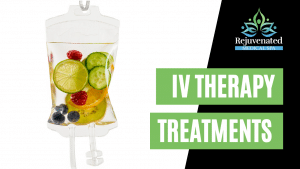
Services
Sitemap
© 2024 Rejuvenated Medical Spa. Site by Luna Marketing. | Privacy Policy | Financial Policy |
